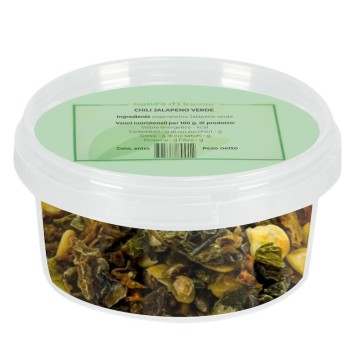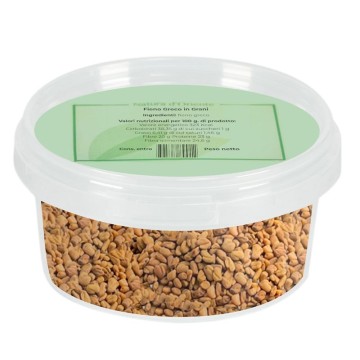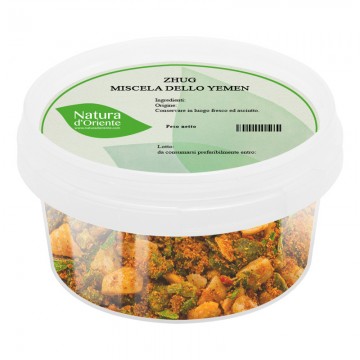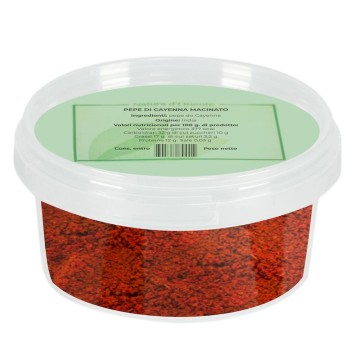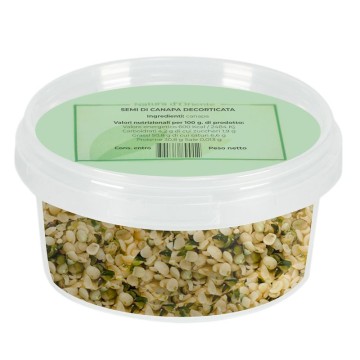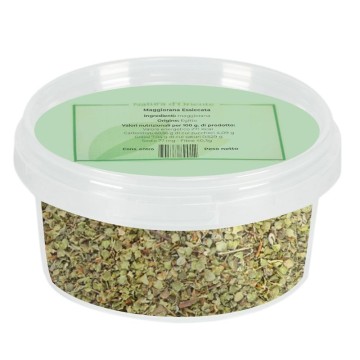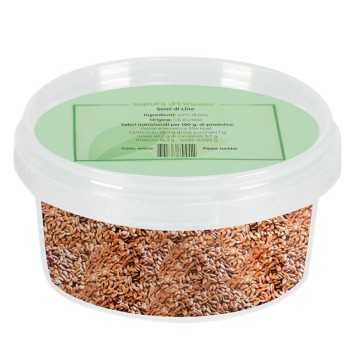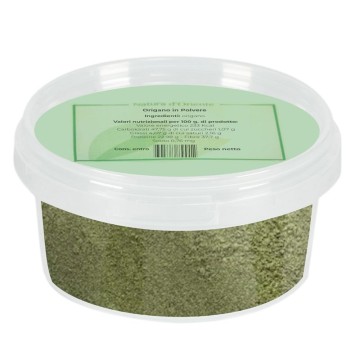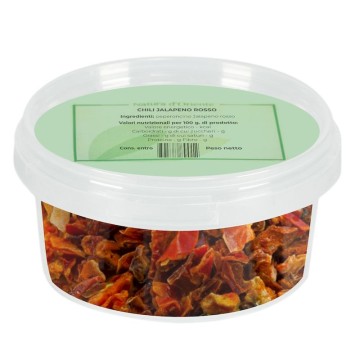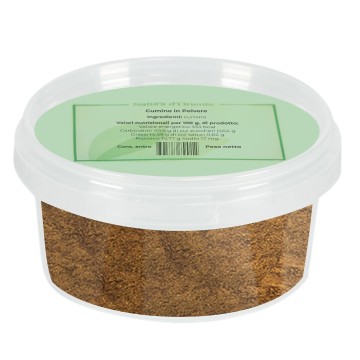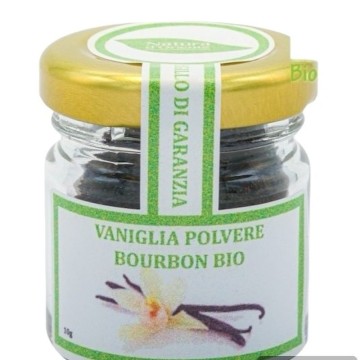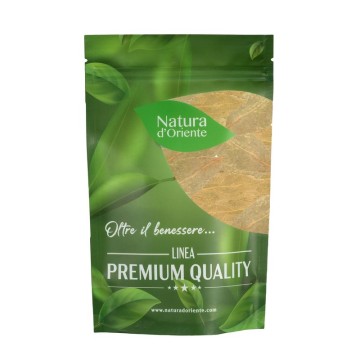Commonly used in cooking as a garnish, chervil closely resembles parsley or mint in its flavor, albeit with a more delicate and lighter tone. The aroma can also evoke anise and liquorice, with some fresh and sweetish notes. It is often used in leaves for beneficial infusions, considered a medicinal herb in the herbal tradition.
Chervil leaves: properties and benefits
Chervil has been appreciated since ancient times for its digestive, purifying and diuretic properties. It stimulates digestive function, and the use of chervil leaves can benefit in case of ailments including bloating, intestinal gas and stomach pain. An effective way to treat stomach disorders is to use fresh or dried leaves to prepare an infusion.
From a herbal point of view, chervil leaves act to drain body fluids, with a diuretic and decongestant function. Its diuretic properties promote urination and the expulsion of waste and toxins from the body. The infusion of the leaves is used to detoxify the body and provide wellbeing to the urinary tract. An excellent medicinal herb for an internal and external purifying action.
On a nutritional level, chervil represents an excellent source of mineral salts including iron and calcium, magnesium, potassium, selenium and manganese. The leaves contain vitamins A and C, antioxidants for our well-being, as well as some micronutrients such as riboflavin and folate. Dried chervil is ideal for purifying herbal teas, with the infusion of leaves in boiling water. You can create a natural detox drink, useful for taking antioxidants and draining the lymphatic system.
Chervil is not only used in cooking or herbal medicine, but also in natural cosmetics. Applied to the skin, chervil helps restore skin balance, purifies and soothes redness. An infusion of chervil (a handful for 1 liter of boiling water in 6-7 minutes) can be useful to create a soothing and purifying tonic.
It is used in larger doses as a compress to treat chilblains and calluses, crushing the leaves on the affected area for about thirty minutes. The decoction was adopted for washing reddened parts of sensitive skin and children.
Although allergy to chervil appears rather rare, caution is advised in those allergic to parsley, which is closely related to chervil.
Use of chervil leaves in cooking
As a flavouring, it is used in a similar way to parsley, appearing with flat or curly leaves depending on the variety.
It can maintain its taste in dishes by adding parsley leaves chervil at the end of the preparation. In fact, when cooked, it loses flavor.
Dried chervil is convenient for its practicality, given that it is fresh only in spring while the dried leaves version is available all year round. Furthermore, according to taste it is preferable for those looking for a more delicate flavor but similar to parsley and anise.
Chervil is often used in egg recipes such as scrambled eggs and omelettes – it is a very popular aromatic herb in French cuisine. It is added to vegetables, mixed with butter to make it aromatic and on salads, where it can take on a flavor reminiscent of mint or tarragon. Dried chervil can be added to legume or potato soups to enrich the aroma of meat dishes and matching sauces.
Some haute cuisine recipes also use the dried version of chervil in vinaigrettes and to create Béarnaise sauce (béarnaise) – perfect for accompanying meat or fish main courses. It represents one of the aromatic herbs used to make French "fines herbes" together with parsley, chives and tarragon.
Norman sole with chervil
Ingredients: 4 soles weighing approximately 300 g each - 2 shallots - 2 dl of dry white wine - 120 g of champignon mushrooms - 2 egg yolks - 1 dl of cream - 2 teaspoons of chopped chervil – 45 g of butter – salt to taste – pepper to taste. Preparation Open and wash the sole. Place them in a baking dish, add the finely chopped shallots and the wine; add salt and pepper.
Brown on the heat, then continue cooking in a hot oven at 200 °C for another 10 minutes. Wash and finely chop the mushrooms, then sauté them for 3 minutes in 10 g of butter, and finally season with salt and pepper.
Remove the sole from the oven, peel them and divide them into fillets. Place half of the fillets in a buttered baking dish, sprinkle them with the chopped mushrooms and cover with the remaining fillets. Filterreduce the cooking juices of the sole by a third over a high heat; dilute the egg yolks with the cream and pour them into the cooking base. Beat vigorously with a whisk without bringing to the boil. Then remove from the heat and, whisking constantly, add 30 g of butter cut into pieces and then the chopped chervil. Pour the sauce over the sole and pass the dish under the oven grill for a few minutes.
Origins and history of cultivation
Chervil leaves derive from Anthriscus cerefolium, an annual herbaceous plant belonging to the Umbelliferae family. It is native to the Caucasus, in the area that borders Europe and Asia, and measures approximately 40 cm in height. It has smooth, light green leaves, similar to parsley, which give off an aniseed scent. The white flowers appear in early summer. It grows well on well-drained and fertile soil. As a medicinal and aromatic plant, it is present in four main varieties of chervil: garden chervil, root chervil, wild chervil and pit chervil. It is considered a relative plant of parsley, which arrived in Europe thanks to the trade of the ancient Romans, who spread it throughout the Mediterranean area. It is used in cooking, especially in France and Italy, where it is easier to find it in the dried version.

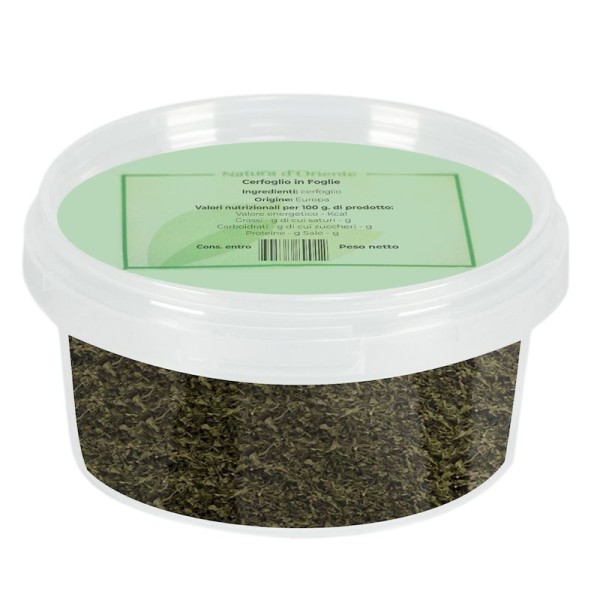







 No reward points for this product.
No reward points for this product.
